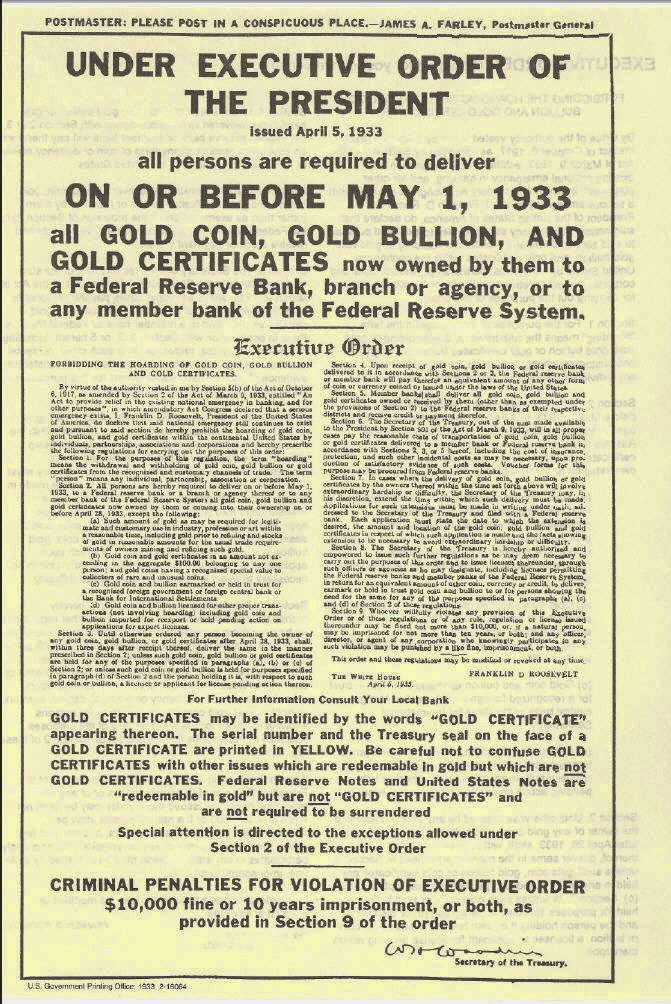This summer, it has been
comparatively easy to ignore domestic American politics. It’s the silly season
for the media. Ferguson apart, nothing much has hit the British press about USA
for some weeks, except its foreign policy and initiatives in the Middle East.
However, Labor Day fast approaches and that is when the political equivalent of
“gentlemen, start your engines” will reverberate through the USA. The November
mid-terms are only ten weeks away. Who will be in charge of Congress next
January?
Let’s first look at the House of
Representatives. It seems that it is not in play. The Democrats need to win
seventeen seats to re-take the House. If President Obama had higher ratings, if
Obamacare was popular, if executive orders on immigration were regarded positively,
maybe the US electorate would react well to the Democratic cause. However,
rightly or wrongly, the President’s policies are perceived as a disconnect
between his wants and those of many Democrats who are on the ballot paper. The
latter, of course, pay far more attention to their constituents than the needs
of the Party. After all, they are elected for only two years.
Today, it seems the Democrats
have zero chance of a House win. Indeed, a good result for them would be to
maintain the status quo. An acceptable result would be keeping seat losses
under ten. If so, the 2016 House election, with the Party led by a new
Democratic presidential hopeful, will offer a much better chance.
The Democrats enjoy a majority of
ten seats in the Senate, including two independents who caucus with the Party.
If the Democrats lose their majority in November, it follows the Republicans
will likely control both Houses of Congress. As a consequence, they will enjoy
the considerable power of chairing all congressional committees in both Houses
and will have no problem rejecting legislative initiatives emanating from the
White House. The Republicans will send all manner of unacceptable Bills to the
President, forcing him to use his veto stamp. Should the Republicans achieve a
majority of 60/40 in the Senate, the vetoes will be overridden. Therefore, much
depends on the Senate races.
Three Democratic seats are as
good as lost. Incumbent John Walsh (D) has dropped out of the Montana race over
plagiarism allegations. The Democrats are very unpopular in West Virginia and the
Republican candidate, Congresswoman Shelley Moor (R), is a heavy favorite. In
South Dakota, the Republicans are way ahead in the polls. In addition, Arkansas
and Louisiana will be very tough races for the Democrats. Also, the Republicans
are polling well in Colorado, Iowa, North Carolina and Alaska. If six of these seats are lost by the
Democrats, and the Republicans hold all their seats, the game is up for the Democratic
majority.
The unknown quantity remains the
Republican brand. Its right wing element and the Tea Partiers, are regarded as uncaring,
having a personal hatred of the chief executive, are anti-abortion, pro low
taxation, opposed to gun controls and homophobic. These attitudes may push
voters into the Democratic camp. It is too late in this election for the
Republicans to alter their stance.
I expect the Democrats to push
the message home: “If you want austerity, if you want to go back to ‘rugged
individualism’ and all that entails, if you want the federal government to stop
spending money on education and healthcare and old people, then vote Republican
for this is surely what you’ll get.”
So far the mid-terms have not
caught fire. I expect this to alter soon. I’ll blog again on this topic in a
few weeks. Maybe there will be a game-changer or an October Surprise. After
all, this is American politics. However, I have to say that, whatever the
result, America’s problems are unlikely to be solved by the 114th
Congress.




